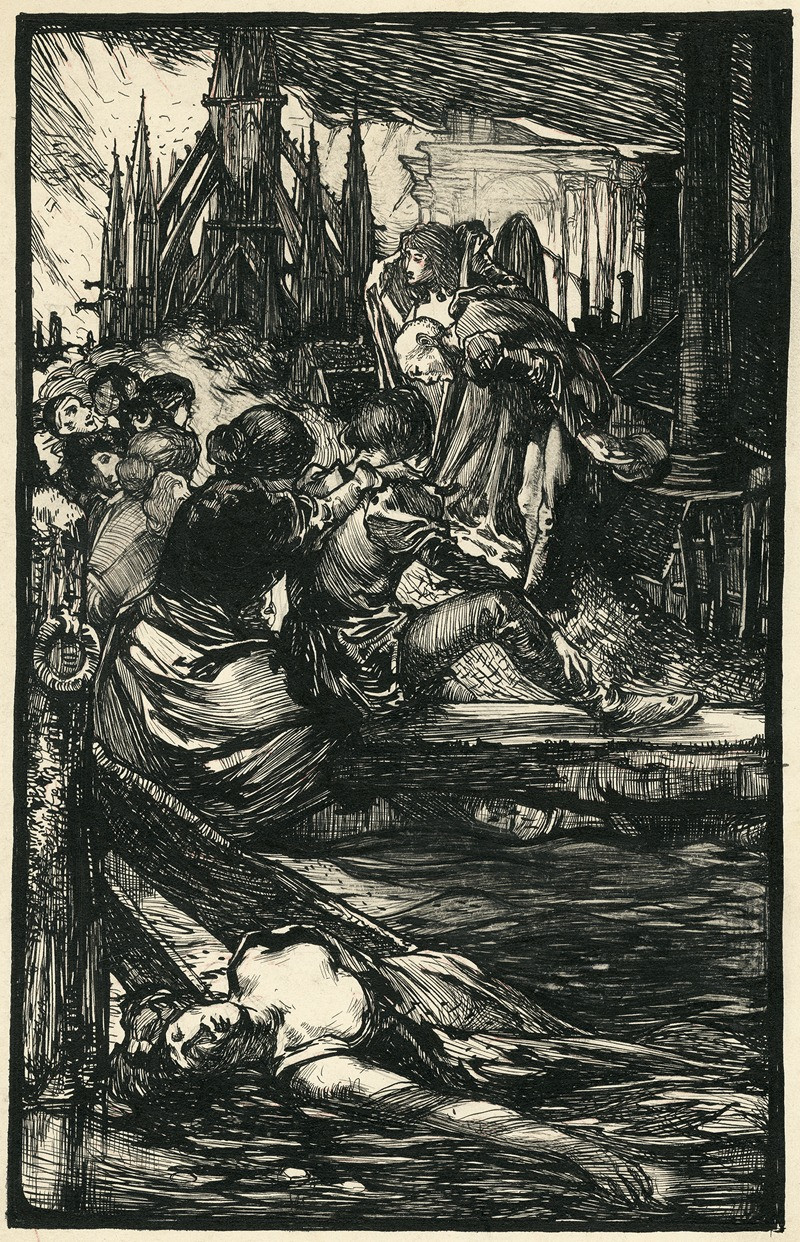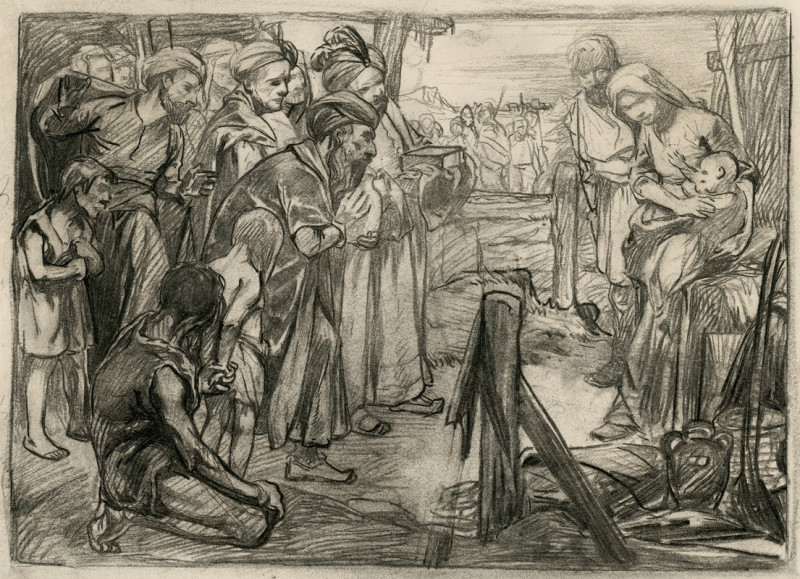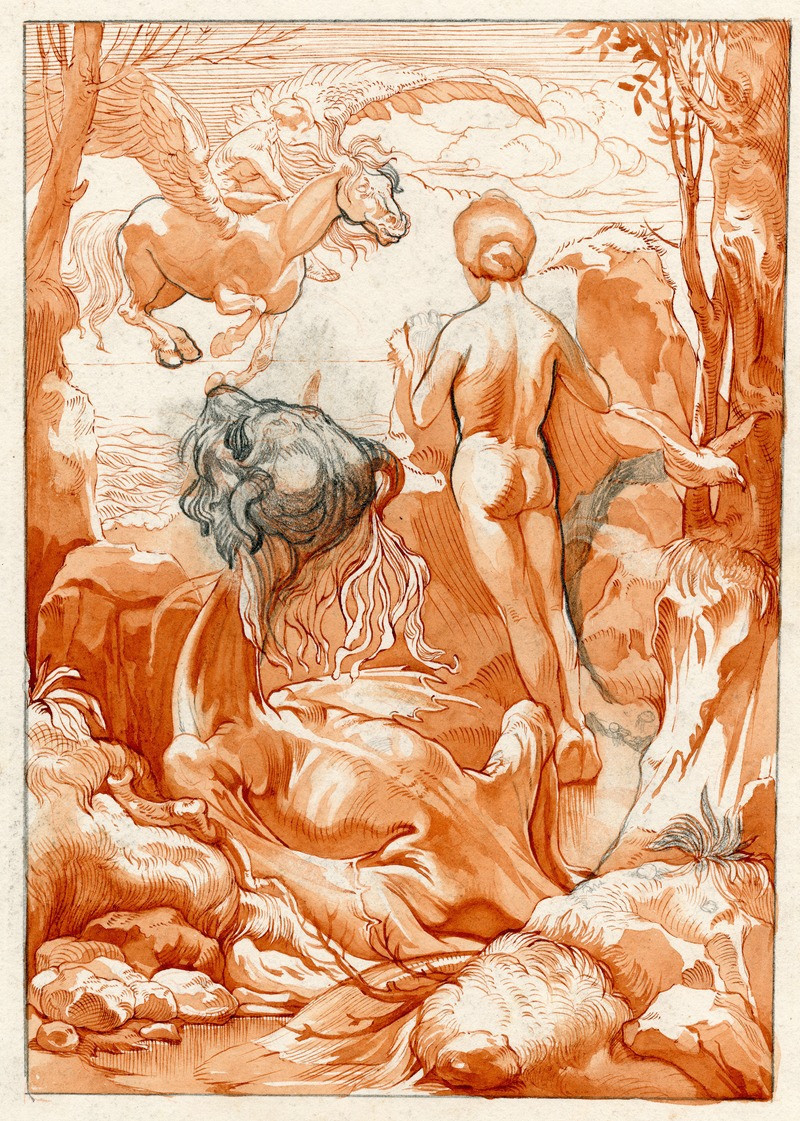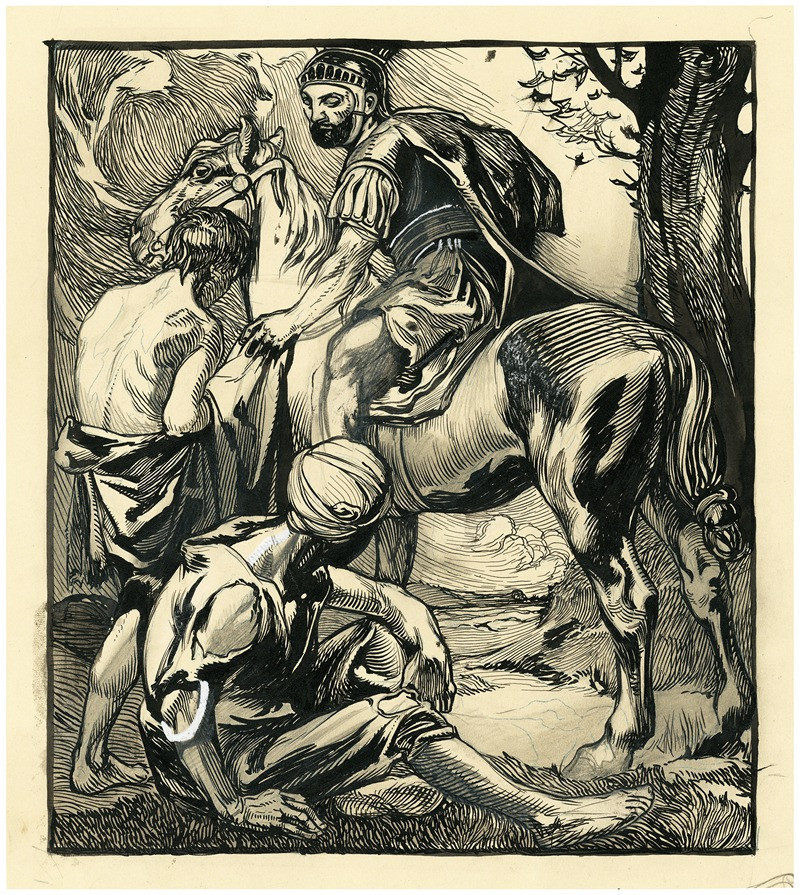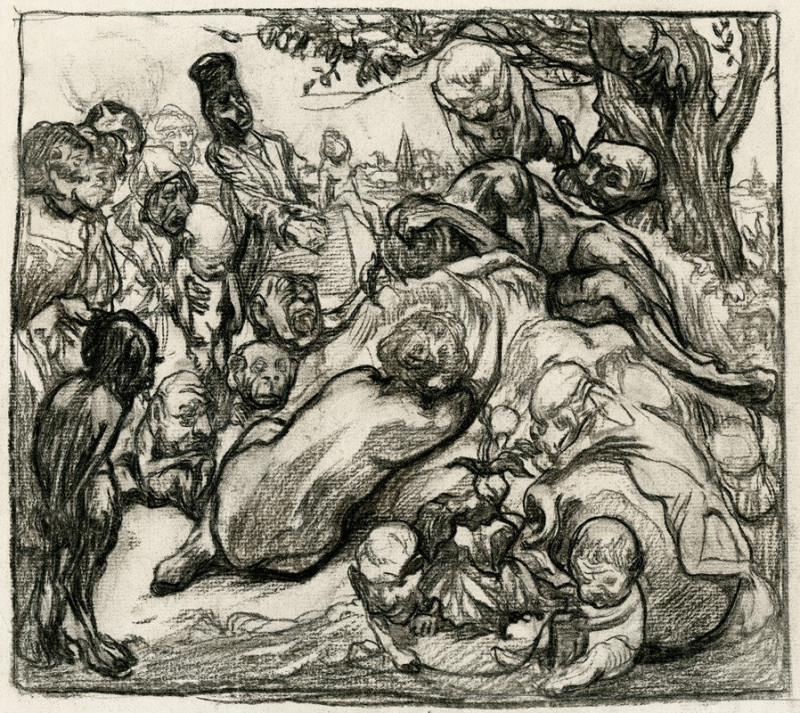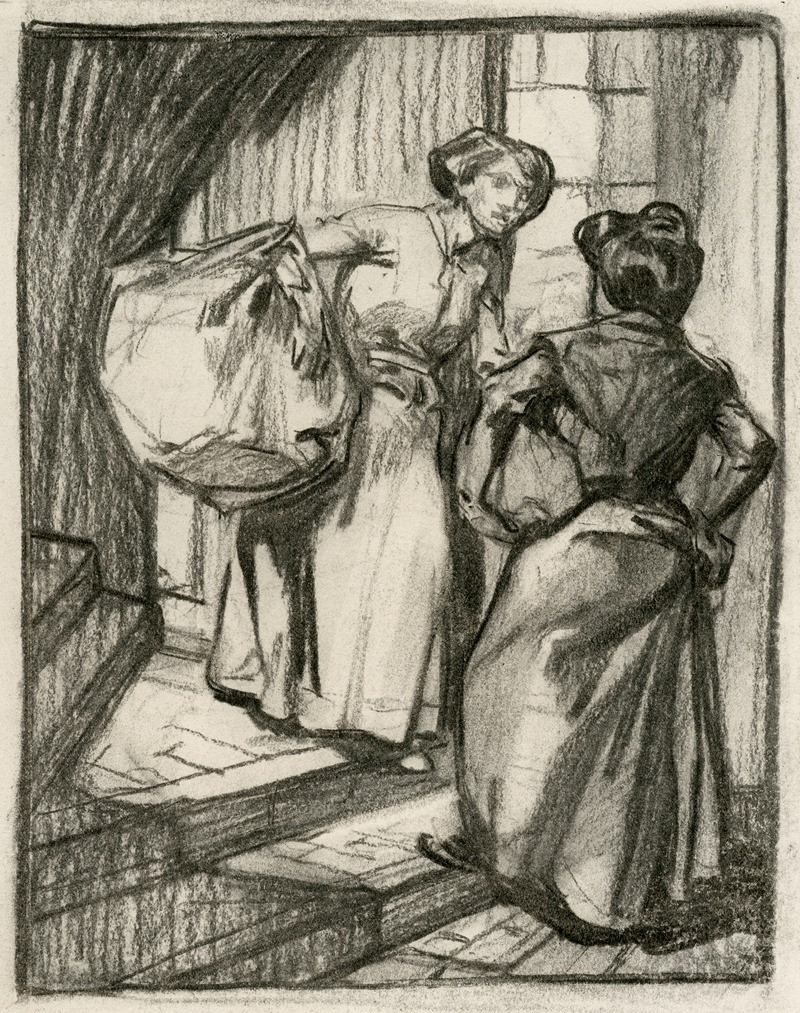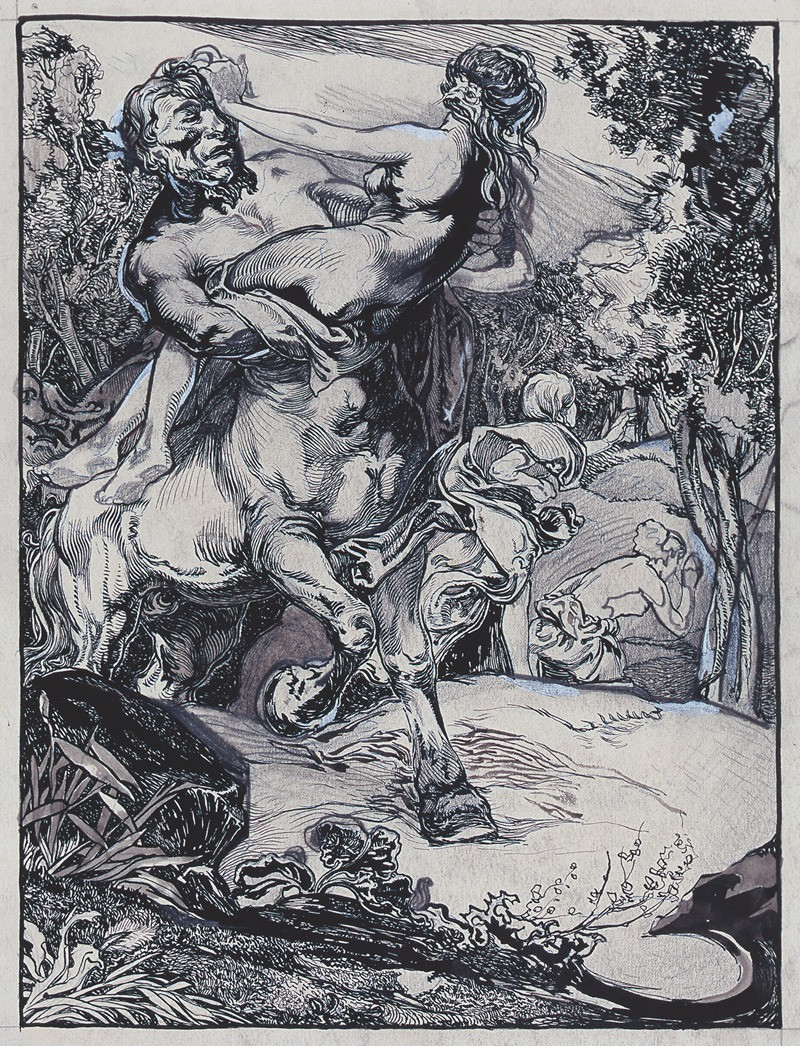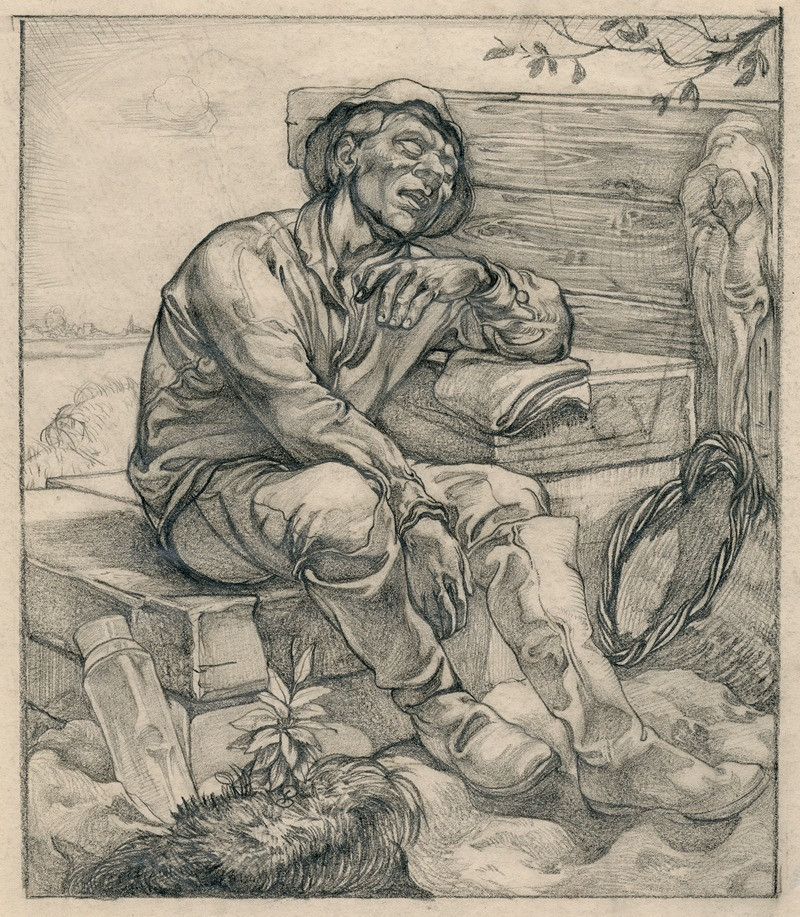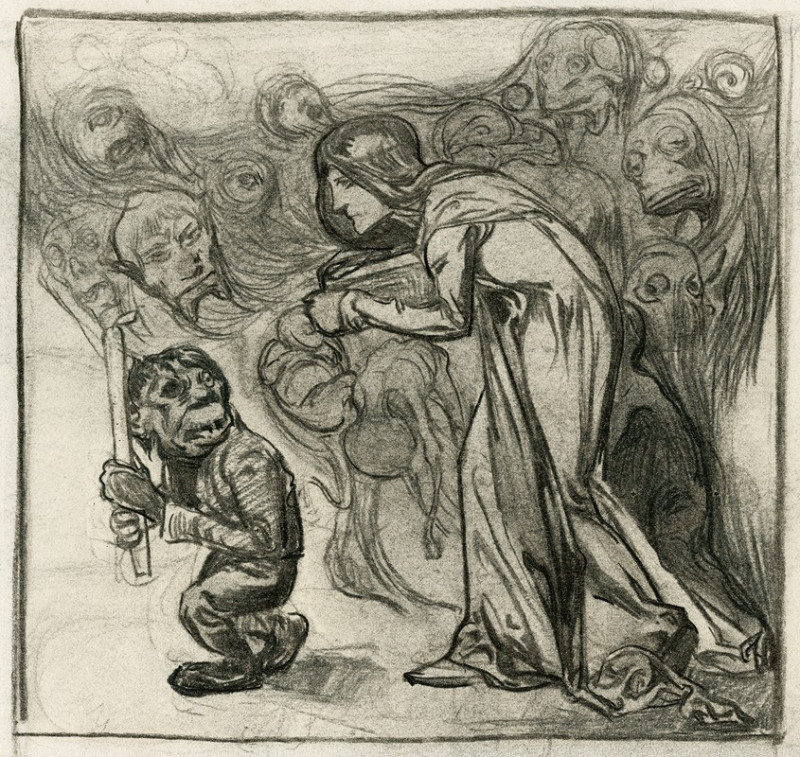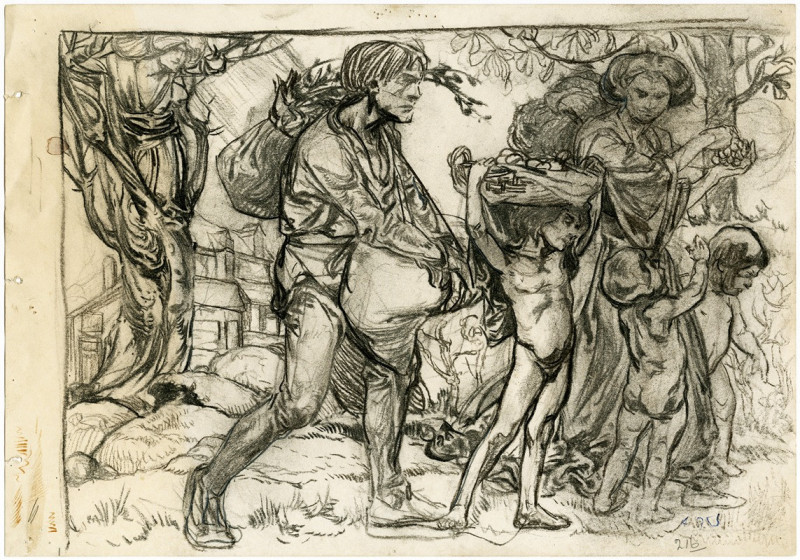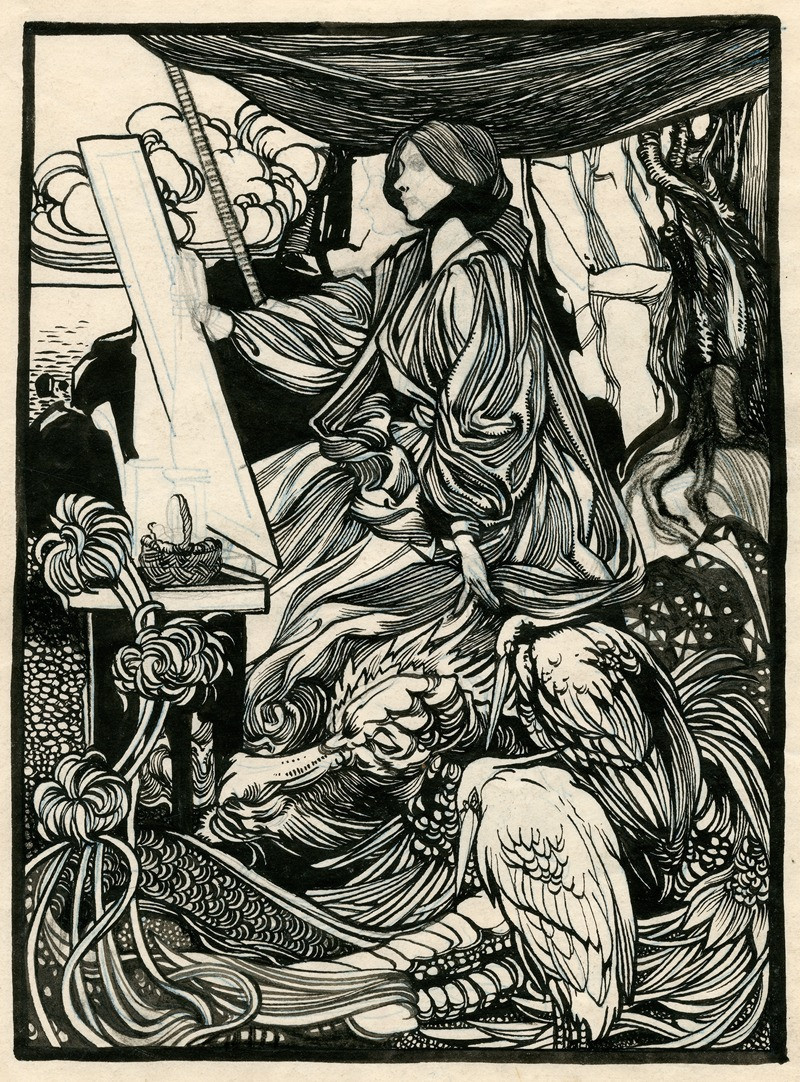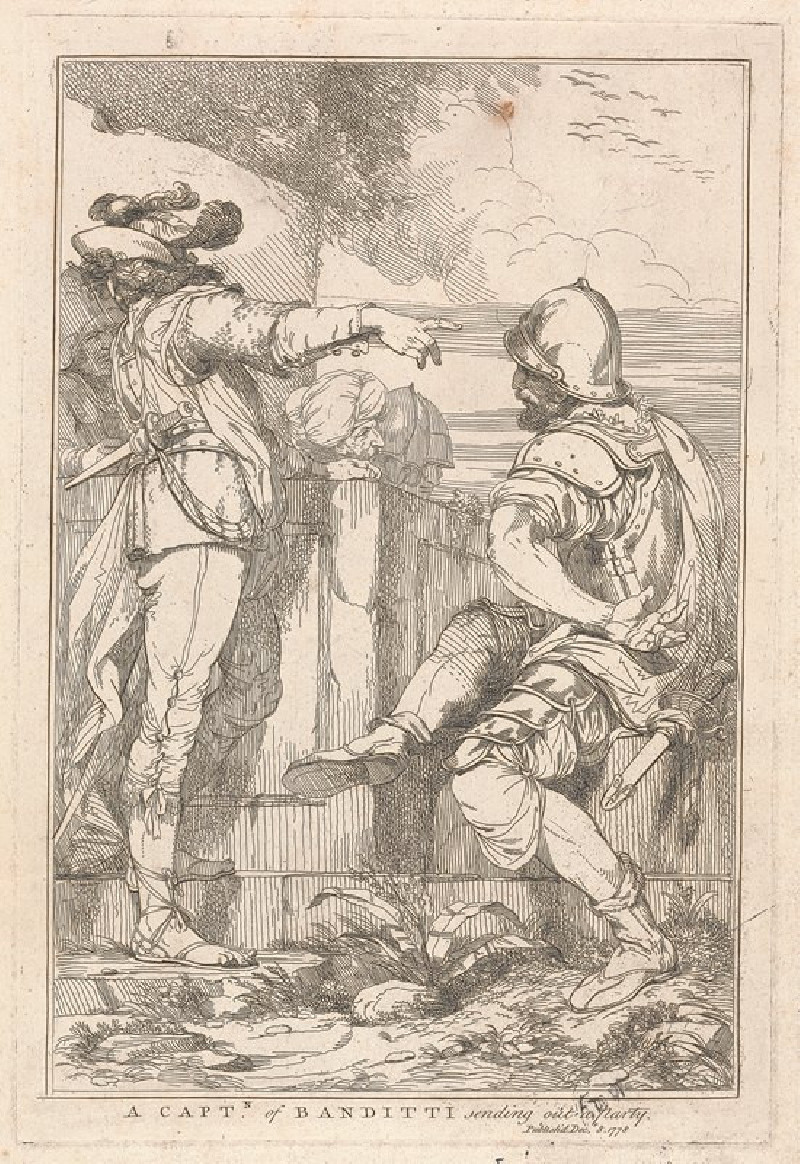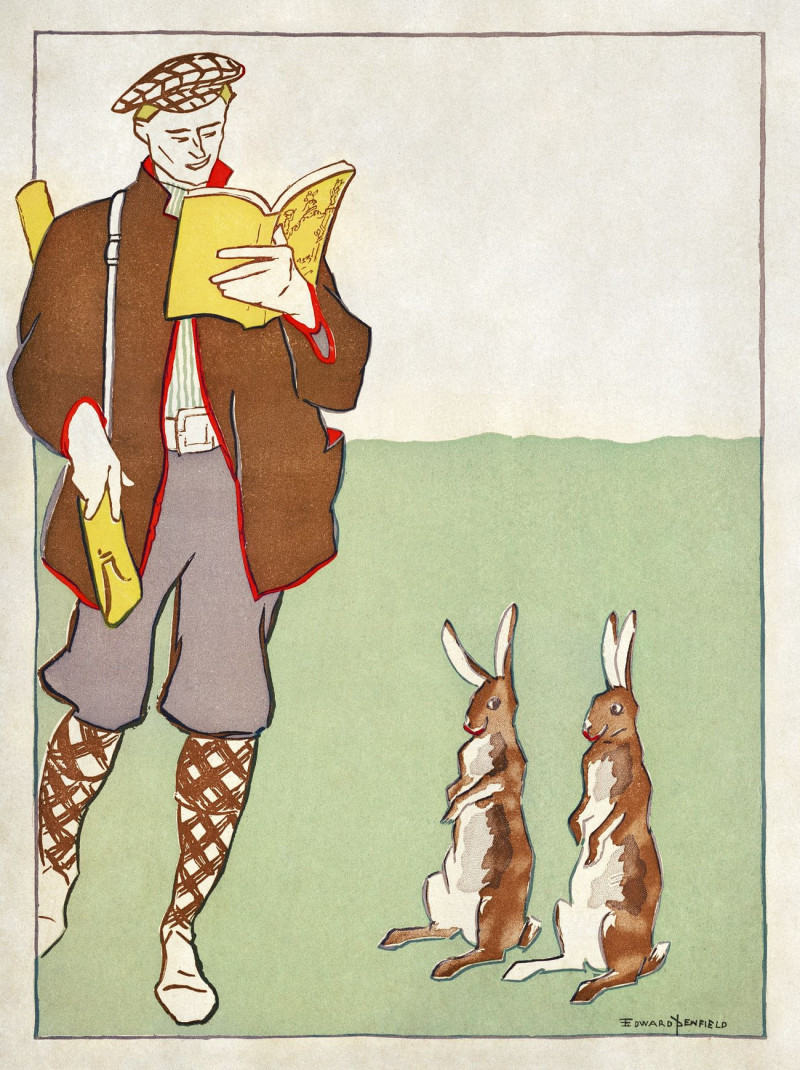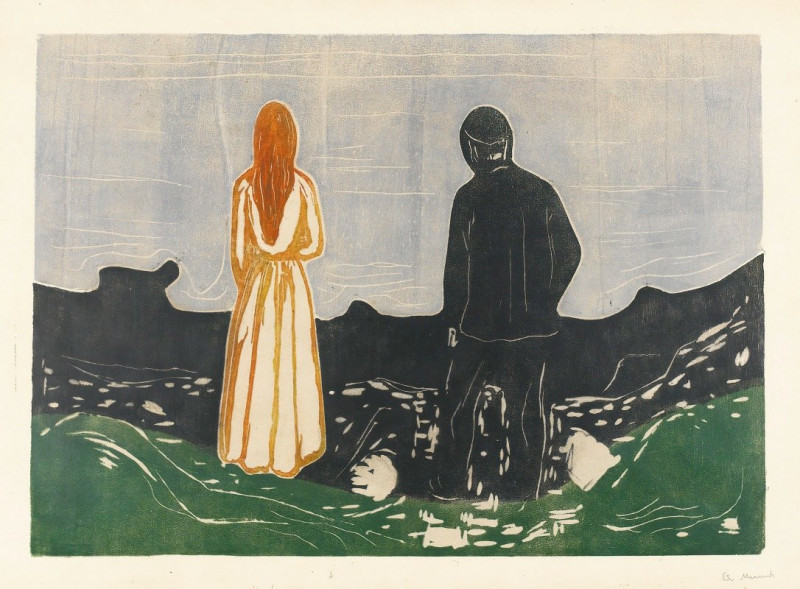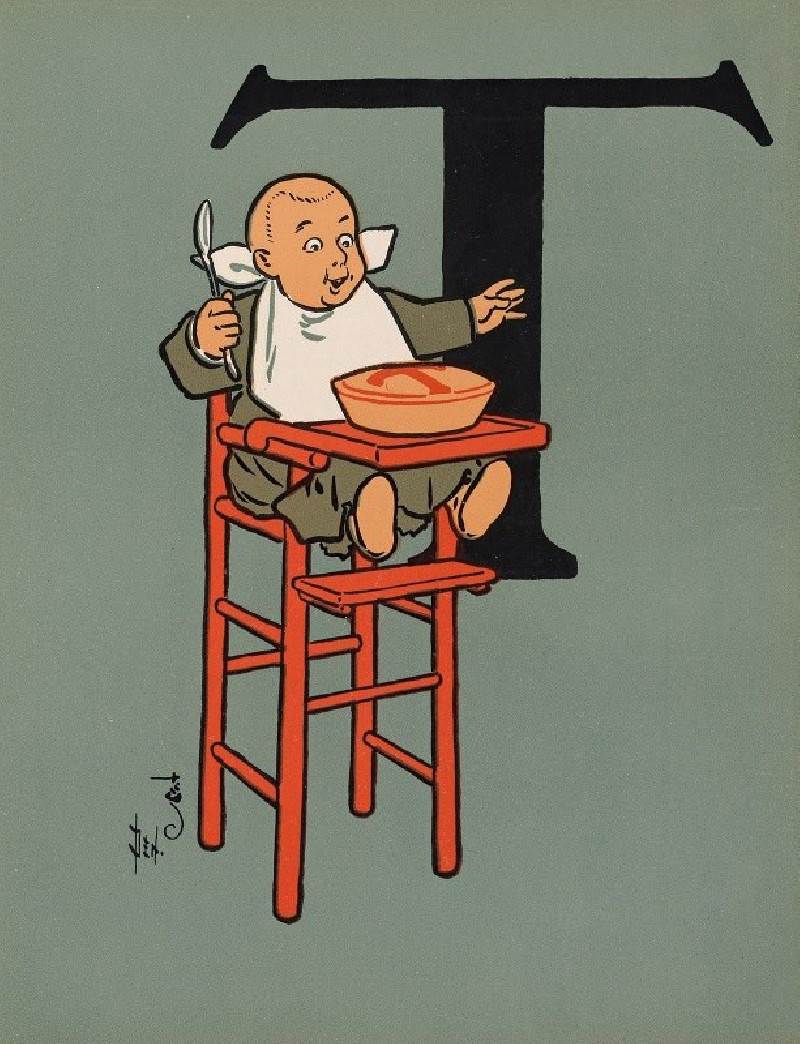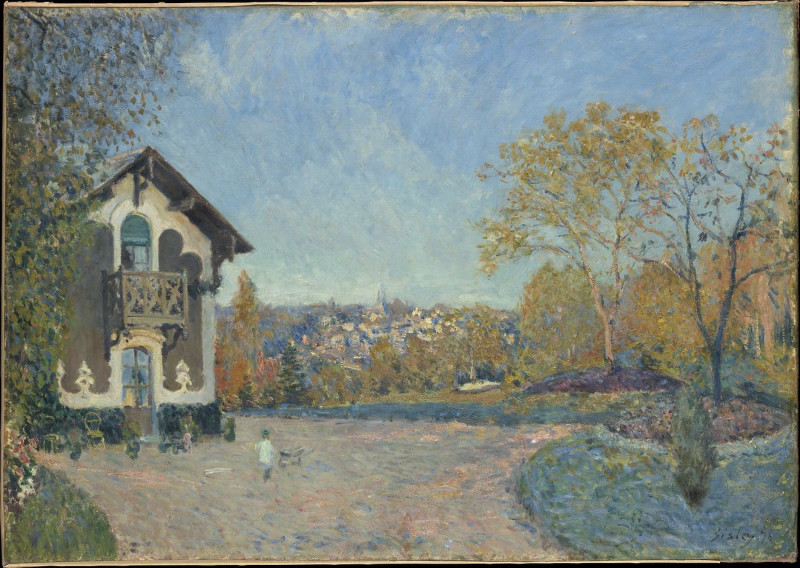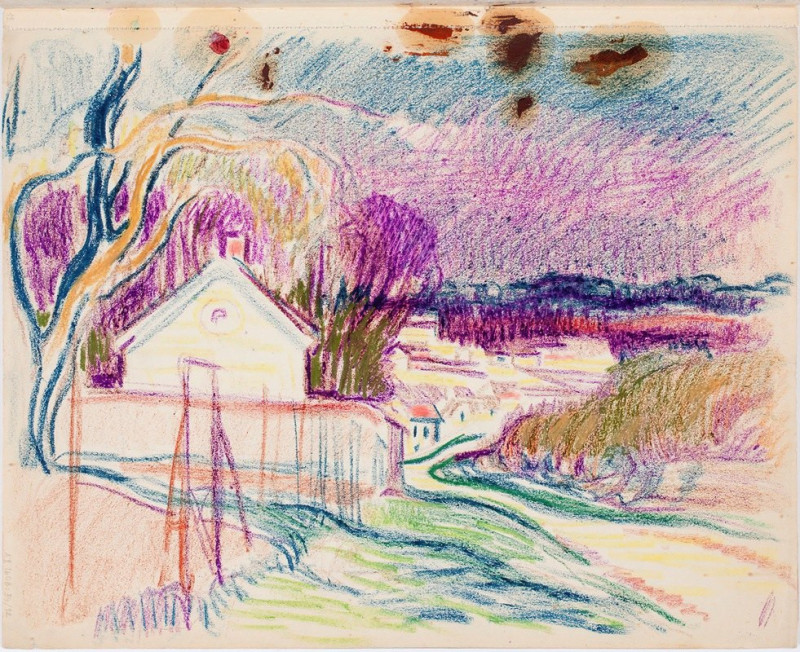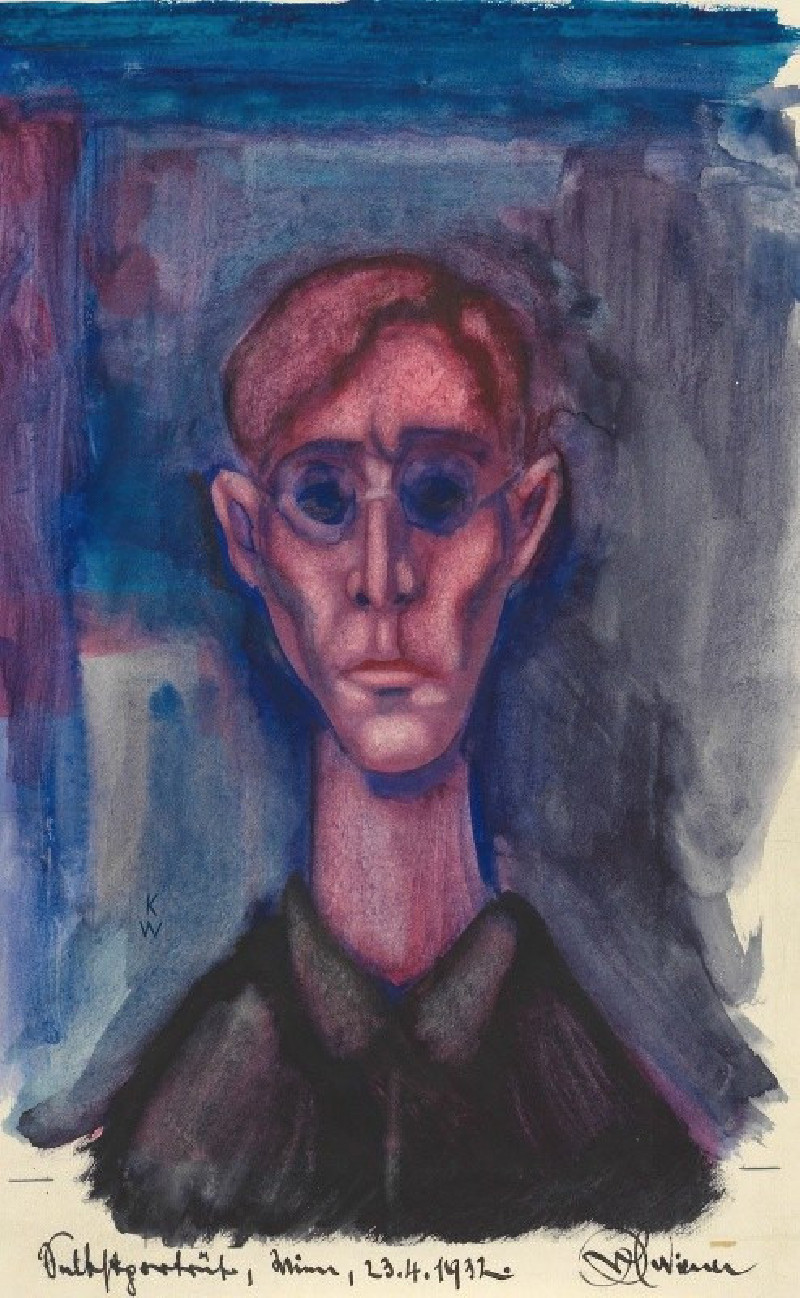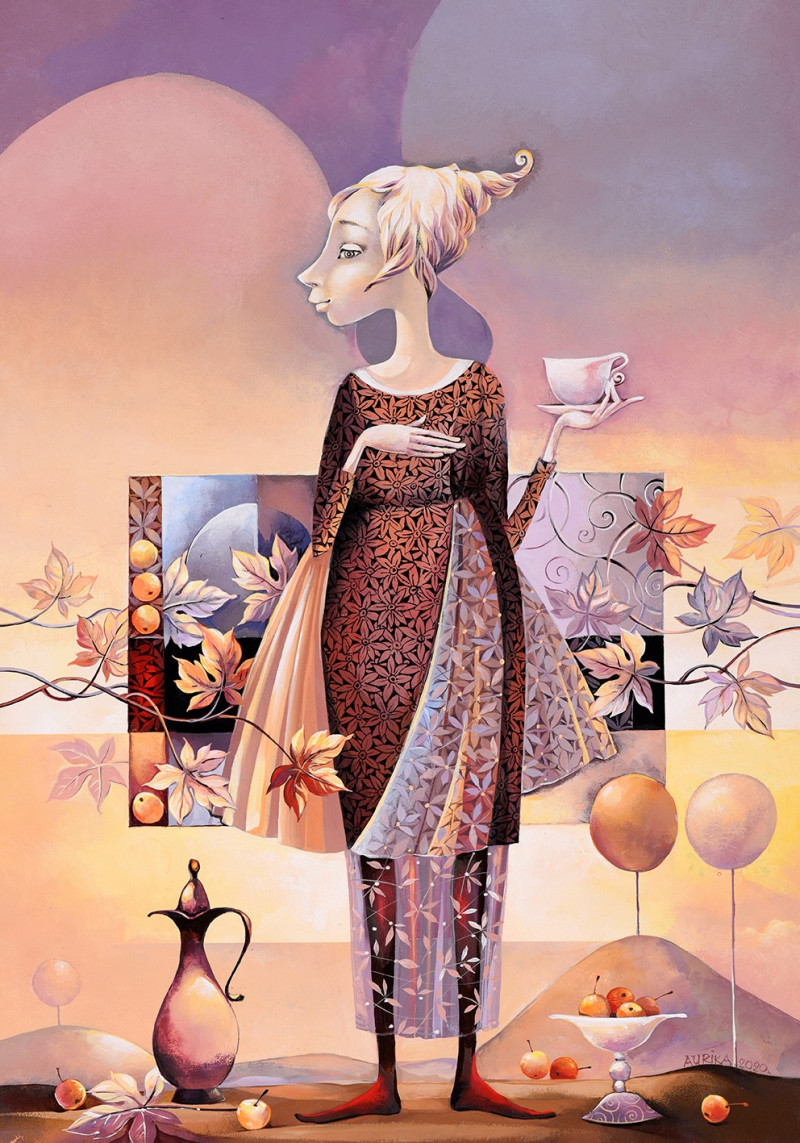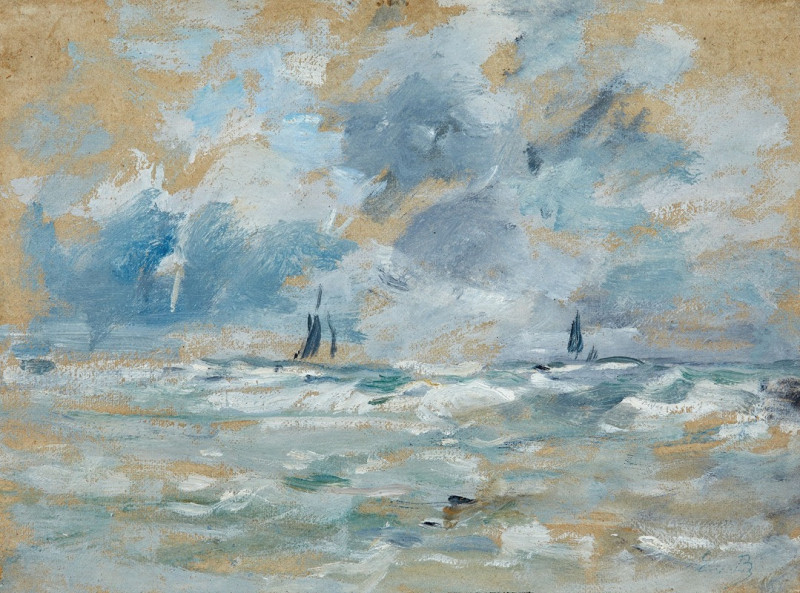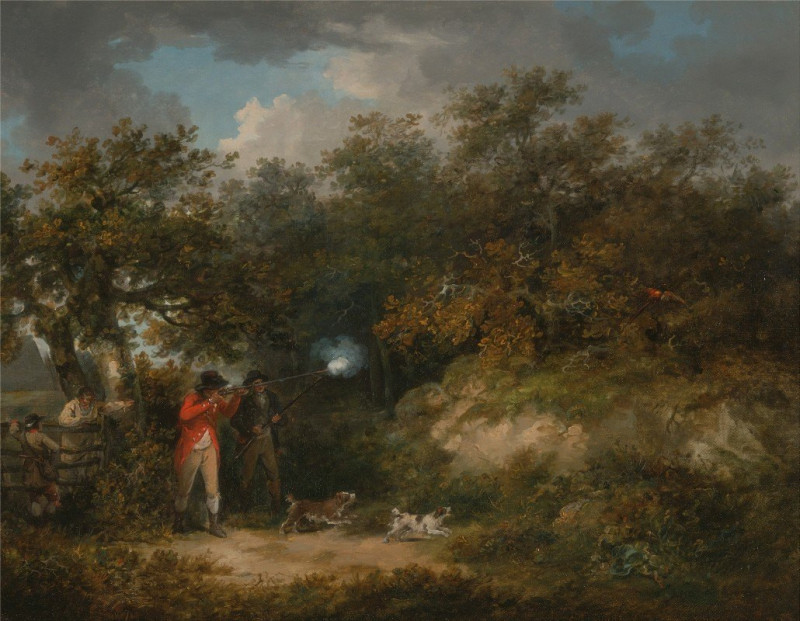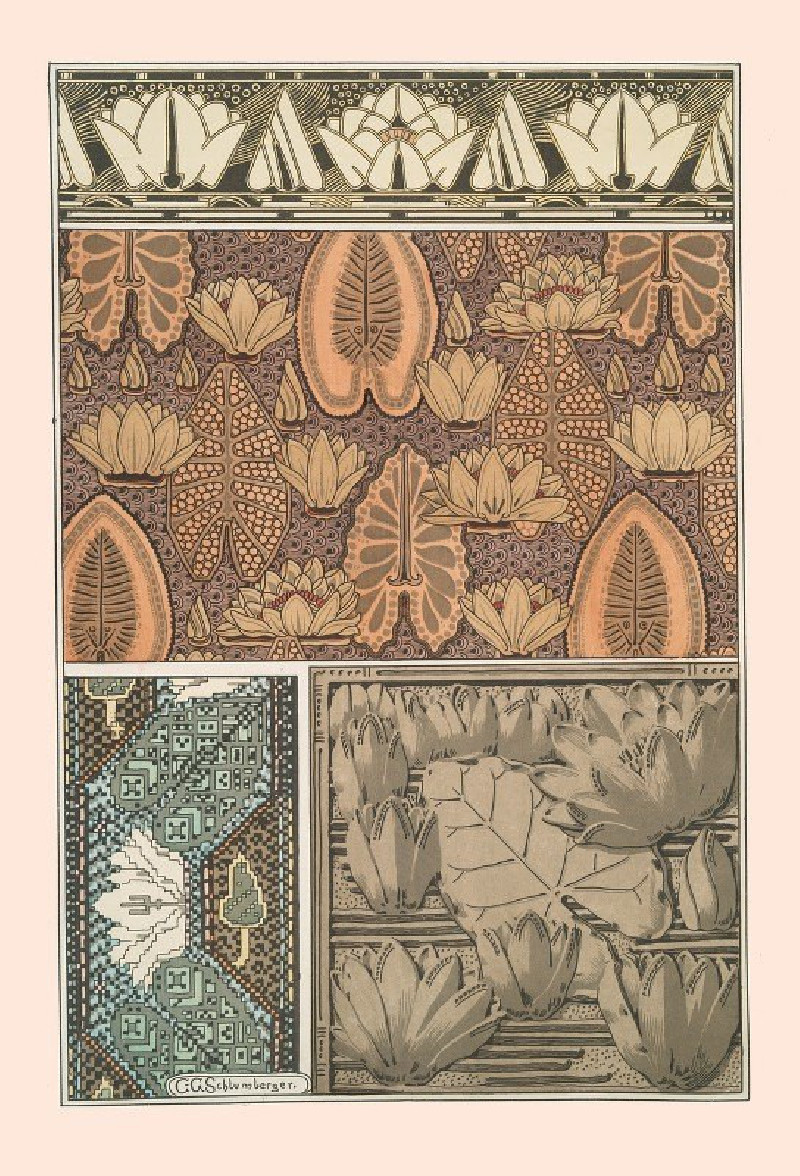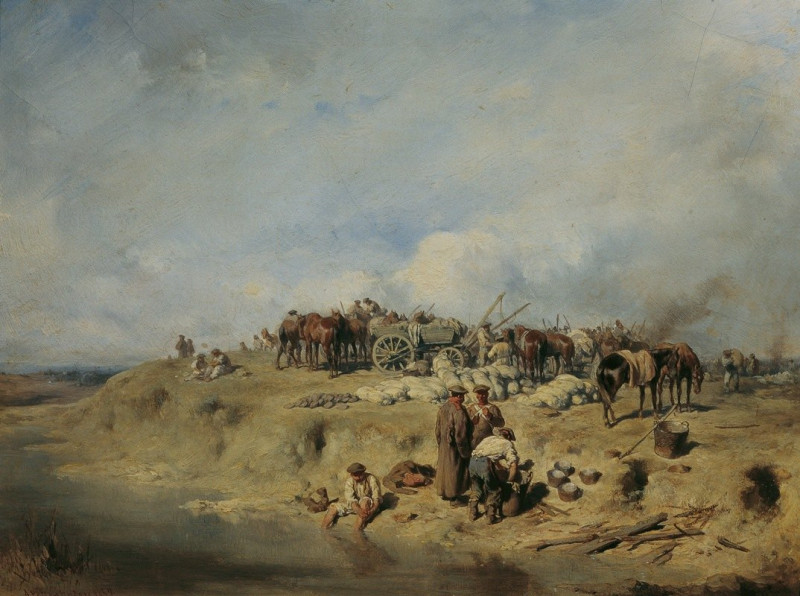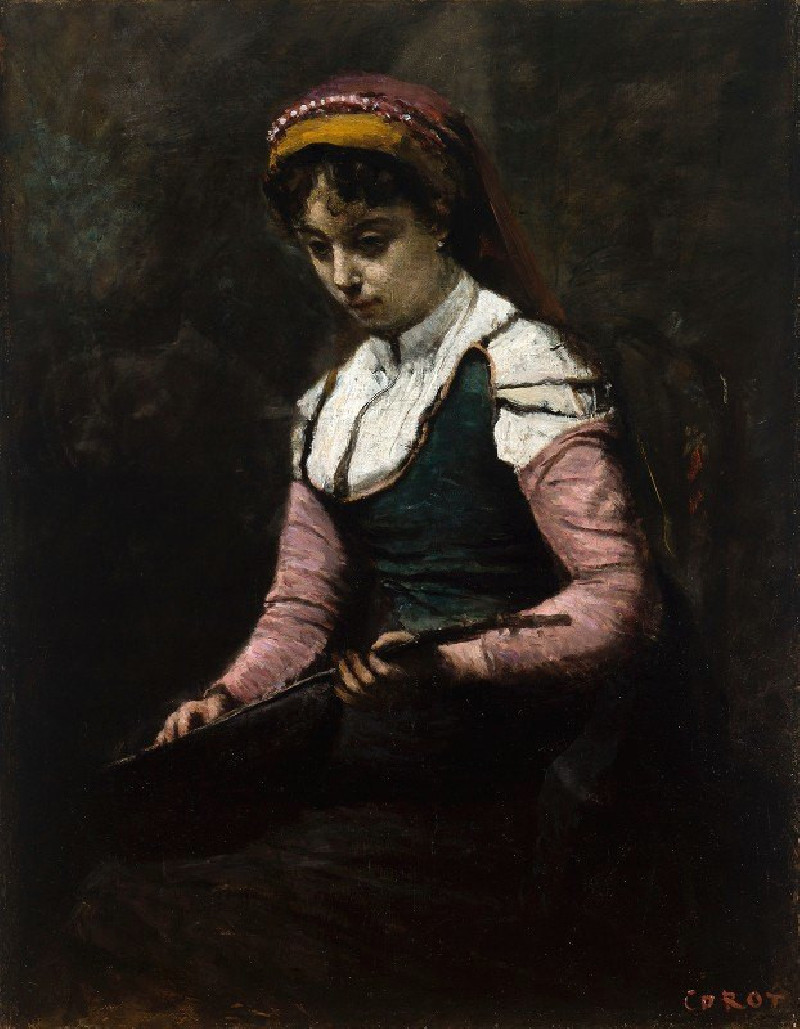Mensen slepen met doden aan oever van water
Technique: Giclée quality print
Recommended by our customers
More about this artwork
Johannes Josephus Aarts, a masterful artist known for his intricate graphic works, invites viewers into a riveting narrative with his poignant etching titled "Mensen slepen met doden aan oever van water" (People dragging the dead along a water's edge). This piece, created in the early 20th century, encapsulates a dramatic and solemn moment drawn in evocative detail.At first glance, the etching presents a somber scene set near a body of water, possibly a river or stream. The foreground shows a group of figures engaged in the grim task of dragging lifeless bodies, imbuing the scene with a visceral sense of desperation and sorrow. The physical strain and emotional weight carried by these characters are palpable as they handle this dismal duty.The setting is robustly Gothic, emphasized by the pointed arches and towering structures that sketch out a cathedral or similar edifice in the background. This architectural choice not only enriches the composition with a sense of historical gravitas but also highlights the juxtaposition between the spiritual aspirations of the architecture and the human tragedy unfolding in its shadows.Aarts' use of dynamic lines and intense shading amplifies the turbulent emotions and harsh reality depicted. The artist masterfully captures the textures of the clothing and the rough wooden planks underfoot, adding tactile dimensions to the scene.This artwork, while deeply rooted in its historical context, transcends its own time to speak on universal themes of mortality, community response to tragedy, and the stark realities of human existence.
Delivery
Returns
Johannes Josephus Aarts was a Dutch painter, illustrator, lithographer, engraver, etcher, writer, academic teacher and director, lecturer, sculptor and book-cover designer.
Jan Aarts received training in the Royal Academy of Art, The Hague. He was active there until 1911, and in Amsterdam from 1911 to 1934. Initially, until around 1900, Aarts worked above all on engravings. Thereafter he began to also use other graphic methods. In his work, one found depictions of farmworkers, dyke workers and later also tramps, beggars and invalids. Between 1920 and 1930 he produced mostly visionary work with apocalyptic scenes.

